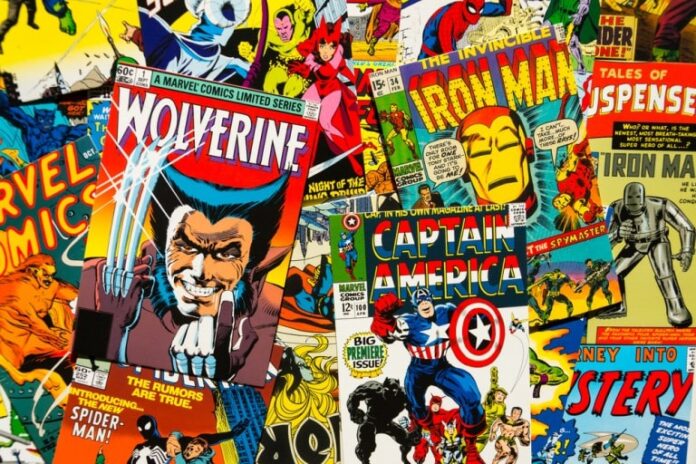The Marvel Cinematic Universe (MCU) has been a revolutionary force in the world of entertainment, altering not just the landscape of superhero cinema, but also the global film industry at large.
From its humble beginnings with “Iron Man” in 2008 to its expansive, interconnected universe spanning numerous films and television series, Marvel heroes have evolved significantly on the silver screen, captivating audiences with their dynamic narratives and complex characters.
The Dawn of a New Era: Iron Man and the Foundational Phase
Marvel’s cinematic journey began with a gamble on a B-list comic book character, Tony Stark, aka Iron Man. Portrayed by Robert Downey Jr., Iron Man burst onto the scene with a blend of charisma, complexity, and technological wizardry, setting the tone for future Marvel films.
This successful debut was the cornerstone of Phase One of the MCU, culminating in “The Avengers” (2012), where Iron Man joined forces with Thor, Captain America, the Hulk, Black Widow, and Hawkeye. This ensemble not only showcased the unique abilities and backgrounds of each hero but also established the potential of superhero team-ups in cinema.
Expanding the Universe: Diversity and Complexity in phase Two and Three
As the MCU expanded, so did its roster and the thematic ambition of its films. Phase Two introduced audiences to new heroes such as Ant-Man and the Guardians of the Galaxy, each adding a new flavor to the MCU—ranging from Ant-Man’s heist-movie feel to the space opera vibe of the Guardians. These films explored themes of redemption, family, and identity, pushing the boundaries of what superhero films could be.
Phase Three further diversified the Marvel heroes’ portfolio with films like “Black Panther,” “Captain Marvel,” and “Doctor Strange.” “Black Panther” was particularly notable for its cultural impact, introducing the mighty Marvel heroes system into the lush, technologically advanced world of Wakanda and offering a powerful commentary on heritage and responsibility.
“Captain Marvel” also broke ground by featuring the MCU’s first solo female superhero, heralding a new era of inclusivity and representation.
Technological innovations and visual storytelling
Technological advancements in CGI and visual effects have played a significant role in the evolution of Marvel heroes. The seamless integration of these technologies allowed for the creation of breathtaking visuals and realistic portrayals of superpowers, which have become a hallmark of Marvel films. This progress is not just about spectacle but also about deepening audience engagement and belief in the fantastical elements of Marvel’s stories.
Narrative depth and character development
One of Marvel’s strengths has been its focus on character development. Heroes like Thor and Hulk saw significant evolutions across multiple films. Thor’s journey from a brash warrior to a wise king reflects profound themes of power, loss, and redemption, while Hulk’s arc provides insights into inner conflict and self-acceptance. The emotional depth of these characters provides a strong connection for audiences, elevating the films above standard action fare.
The role of crossovers and interconnectivity
Marvel’s strategy of interconnectivity has allowed for an expansive storytelling canvas. Crossover events like those seen in “Avengers: Infinity War” and “Avengers: Endgame” brought together diverse storylines and character arcs, delivering complex narratives and high emotional stakes. These crossovers have not only been box office successes but also pivotal in shaping the direction of the MCU’s overarching narrative.
Impact on global cinema and future directions
Marvel’s cinematic formula has had a profound impact on global cinema, inspiring studios worldwide to develop their interconnected universes and adopt Marvel’s blend of humor, action, and character-driven storytelling. As the MCU moves into its next phase, it promises to explore multiversal chaos with films like “Doctor Strange in the Multiverse of Madness,” pushing the boundaries of superhero storytelling even further.
The evolution of Marvel heroes in cinema is a testament to the vision and creativity of Marvel Studios. From the technological prowess displayed in their visual effects to the deep emotional resonance of their character arcs, Marvel films have redefined what audiences expect from superhero cinema.
As the MCU continues to expand, the future holds limitless possibilities for these beloved characters. Each new film and series builds upon the last, promising more innovative adventures and, of course, the continued delight of fans worldwide.
By tracing the trajectory from individual origin stories to complex, interwoven narratives across multiple media, Marvel has not only sustained its success but also set the standard for cinematic excellence in the superhero genre.
